Summary
Catherine Courage opens the Enterprise Experience Conference by recounting her personal and professional journey at Citrix, where she was hired to build a design and experience team from scratch at a 20-year-old engineering-driven company. With CEO Mark Templeton’s strong support, she navigated four phases: chaos, reaction and influence, organization and impact, and refinement and differentiation. Catherine highlights the challenge of shifting company culture from feature-focused to experience-focused, the importance of building trust and credibility, and engaging middle management through programs like Stanford D School. She discusses strategic hiring, quick wins like unifying product design language after years of acquisitions, and evolving the team's organizational structure as it grew from 1 to nearly 350 people. Catherine also stresses the need for empathy by bringing engineers and product managers into the field, the power of storytelling, the role of dedicated collaborative spaces, and the importance of saying no to prevent burnout. Later, she describes expanding from product experience to end-to-end customer experience, creating a business design team, and eventually reporting directly to the CEO to influence company strategy. Catherine shares insights on measuring experience through NPS and product instrumentation, developing business acumen in designers, and maintaining ongoing communication and community engagement. The talk concludes with Q&A addressing differentiation of customer vs user experience, strategies to understand business, the tipping point of maturity, measurement techniques, and organizational challenges working with IT and web development teams.
Key Insights
-
•
Enterprise experience demand is driven by consumerization where employees expect workplace software to match consumer-grade products.
-
•
CEO Mark Templeton’s active support was crucial to embedding experience design at Citrix.
-
•
Building trust and credibility within an engineering-driven culture is more critical than just hiring a design team.
-
•
Using simple, relatable design principles (like simplicity, craftsmanship, delight, innovation, and user focus) helps align the organization.
-
•
Quick wins, such as unifying disparate product styles post-acquisition, create visible impact and build momentum.
-
•
Encouraging engineers and product managers to engage in field visits fosters empathy and customer-centric thinking.
-
•
Targeting middle management through credible executive programs (e.g., Stanford D School) can transform resistance into advocacy.
-
•
Configurable, always-available collaborative workspaces boost real-time teamwork and innovation.
-
•
Saying no strategically protects team capacity, prevents burnout, and supports sustainable growth from 1 to 350 team members.
-
•
Expanding beyond product to entire customer experience ecosystem enables reporting directly to executive leadership and driving broader business impact.
Notable Quotes
"If we don’t get good experiences in the workplace software, people will beat the system and get their own products."
"This is not just building a design team; this is about culture change and changing how the organization thinks about design."
"More features and delivering on time used to equal better products; now it’s about what those features add up to in experience."
"People really appreciate when you just ask them for their opinion and perspective before jumping in."
"Hiring is a two-way street; we have to explain why they want to come join Citrix, like a startup with big company security."
"Middle managers don’t like change and are risk averse; taking them to Stanford D School boot camps turned them into our biggest advocates."
"Collaboration isn’t scheduled; it’s about having spaces that are unbookable and always available for teams to brainstorm."
"Saying no with purpose and rationale is key to not spreading the team too thin and maintaining quality."
"You need to develop designers’ understanding of business language to prepare them for seats at the executive table."
"Customer experience is the whole journey; user experience is a part within that journey involving different types of users."
Or choose a question:
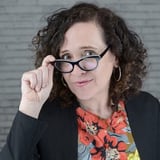
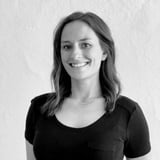
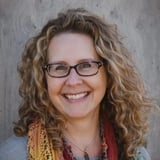
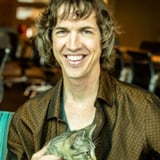
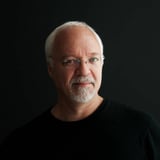

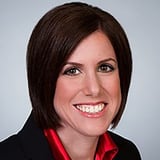
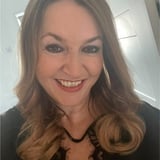

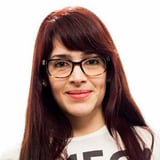


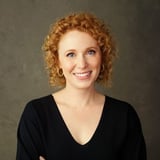

More Videos

"The hardest part about remote is making design reviews feel collaborative and team-based."
Adam Cutler Karen Pascoe Ian Swinson Susan WorthmanDiscussion
June 8, 2016

"We don’t get upset when users say one thing and do another, but we freak out when our leadership behaves that way."
Peter MerholzThe Trials and Tribulations of Directors of UX (Videoconference)
July 13, 2023

"Human biases are the real problem behind algorithmic bias, not the algorithms themselves."
Lisa WelchmanCleaning Up Our Mess: Digital Governance for Designers
June 14, 2018

"Green spaces in cities can greatly enhance our quality of life and resilience."
Vincent BrathwaiteOpener: Past, Present, and Future—Closing the Racial Divide in Design Teams
October 22, 2020

"Design your processes around learning, have blameless post mortems and celebrate failures especially."
Brenna FallonLearning Over Outcomes
October 24, 2019

"Working from home during the pandemic is hard because it’s fun only when you can actually leave your home."
Tricia WangSpatial Collapse: Designing for Emergent Culture
January 8, 2024

"Delivering research in small, lean increments allowed us to iterate fast and reduce bias."
Edgar Anzaldua MorenoUsing Research to Determine Unique Value Proposition
March 11, 2021
"Context-related data gathered through qualitative research is the first to reach our decision-making centers in the brain."
Designing Systems at Scale
November 7, 2018

"Design is the rendering of intent — bringing ideas into a form people can interact with to solve problems, as Jared Spool said."
Erin WeigelGet Your Whole Team Testing to Design for Impact
July 24, 2024
















